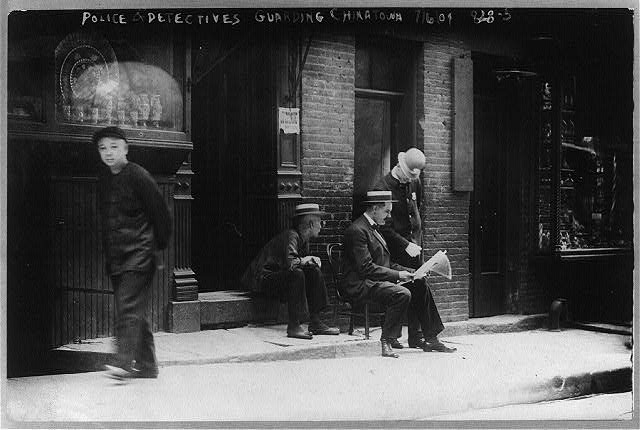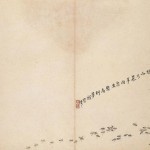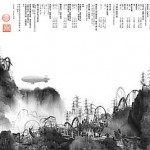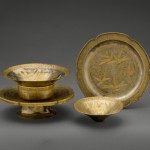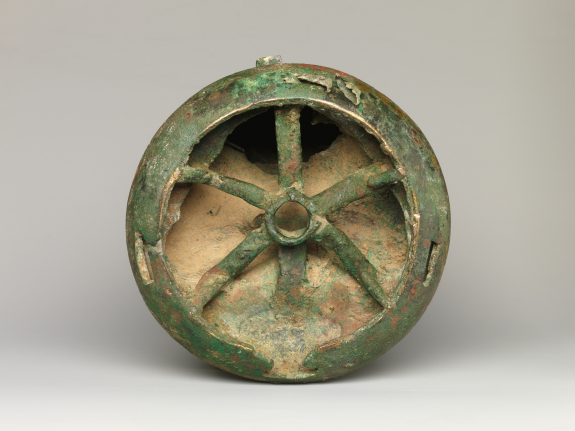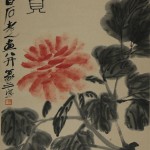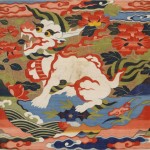I’m out in Wisconsin (except for you people also in Wisconsin, who can read that as ‘I’m here in Wisconsin’) as the Writer in Residence at the Novel-in-Progress Bookcamp. Kind of like bootcamp for books. This is my fifth year in this gig, and I love it. Some photos herewith; but it’s not the beauty of the place that’s mostly responsible for how I feel about coming here. Though the place is beautiful. It’s a retreat center west of West Bend, in the eastern part of the state. You don’t need to know that, I just got a kick out of saying it.
This is farm country, and right now everything’s green and lush. A farm bordering the property on the west has the biggest cattle I’ve ever seen, a breed known as Belted Galloways. I’ve been told, by the way, that cattle like it when they’re sung to; I’m going to try it tomorrow and woe be unto thee who told me that if it turns out not to be true. This property is gently rolling, with a pond, lots of lilacs in bloom, trees, woods, streams, plus a chapel, comfy reading spaces, and a labyrinth to walk if you get the urge. The rooms have beds, chairs, desks, bathrooms with showers, and that’s it. No TV, no room service — in fact, no maid service. Your room’s made up when you get here, and after that it’s up to you. No fancy stuff. A dining hall for your three hots, a couple of classrooms. There’s also a spa where you can get a massage and suchlike but I’ve never seen anyone use it. Maybe when other stuff is going on, but Bookcamp week, everyone comes to work.
And that’s why I love this gig. We have breakfast together, the “campers” and the “retreaters” and the staff. Then the retreaters go off and write, and the campers come to class, where Phil Martin and I teach Beginnings, Middles, Ends, and Whateverthehellelseyouwanttoaskus. Lunch, more writing, critique sessions, talks by outside experts. We have a number of returning students, which is great, and people go from “I want to write a book… I think…” to “I’m a writer working on a book” and that’s what I love most. People taking themselves and their writing seriously. It’s what I love most about Art Workshop International in Assisi, too (for which, plug plug, there’s still time to sign up this year) but if you feel Italy’s a bridge too far and you want to do a workshop in the US, next year here would be my recommendation.
Oh, that pizza. At lunch yesterday we were for some reason discussing pizza at my table — not clear why, because we weren’t eating pizza — and a couple of people started advocating for pineapple on pizza. I was strongly in the opposition camp. Someone said I was looking at it wrong. The pizza, she said, is the crust and cheese and tomato sauce and ham. The pineapple is like an accessory, the one that makes the outfit.
“You mean, like a bracelet?” I asked skeptically.
“No, more like a purse. A really great purse. The pineapple is the pizza’s Prada purse.”
Which would be why I love writers.

Chapel wall

Pond

Water lilies just starting to bloom

Stream

Giant cattle far away
